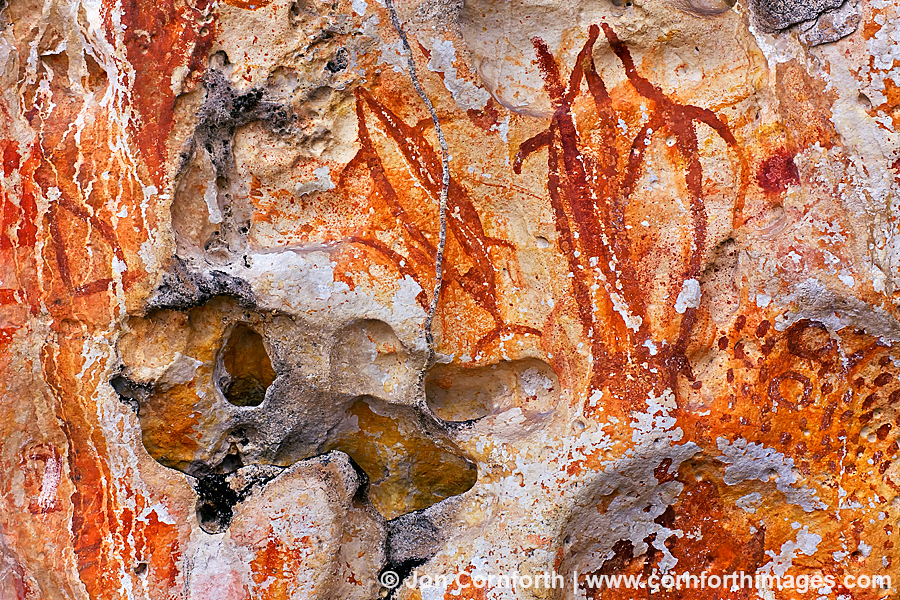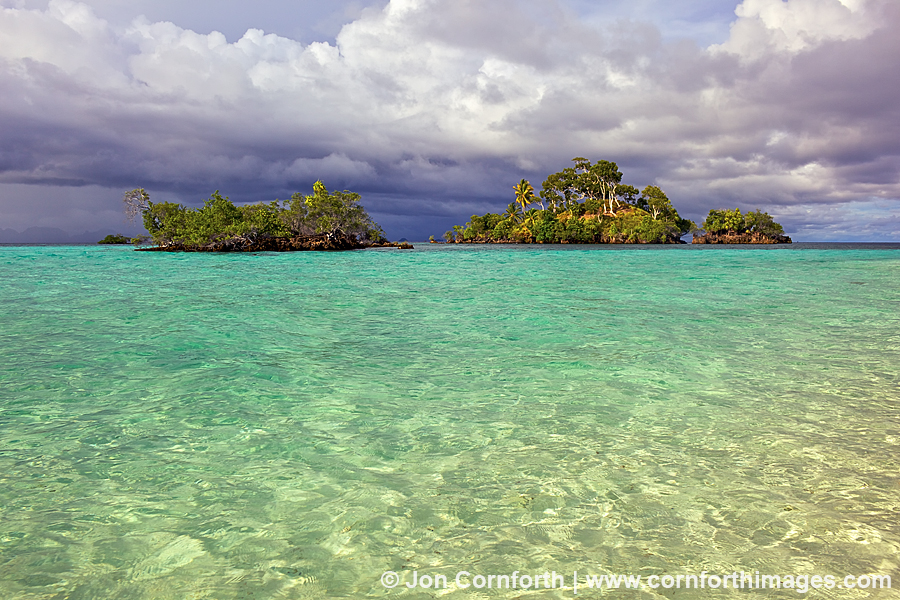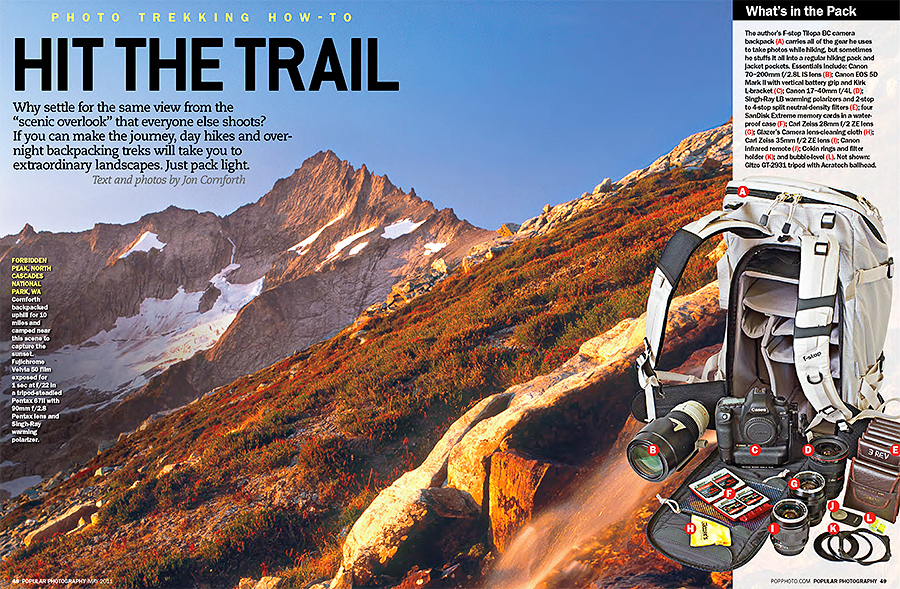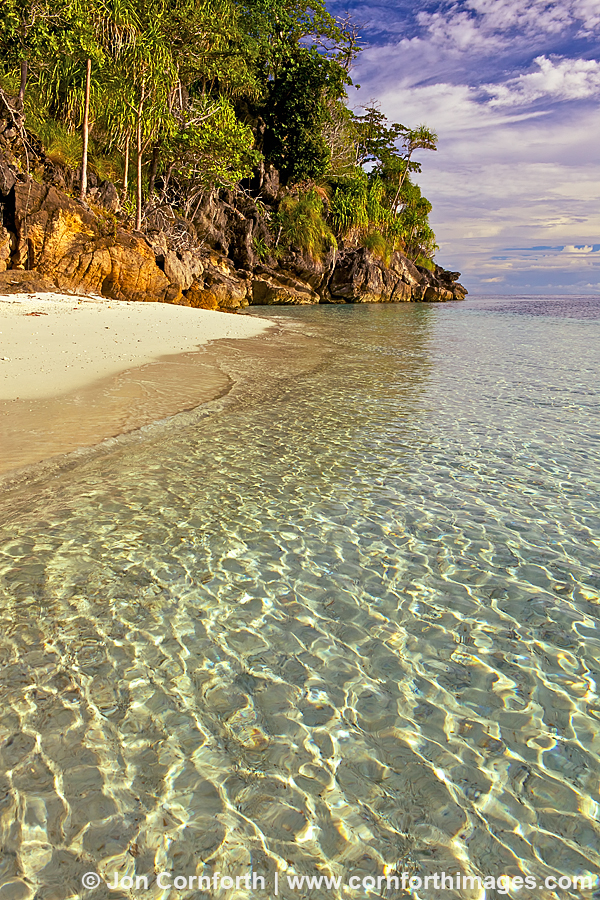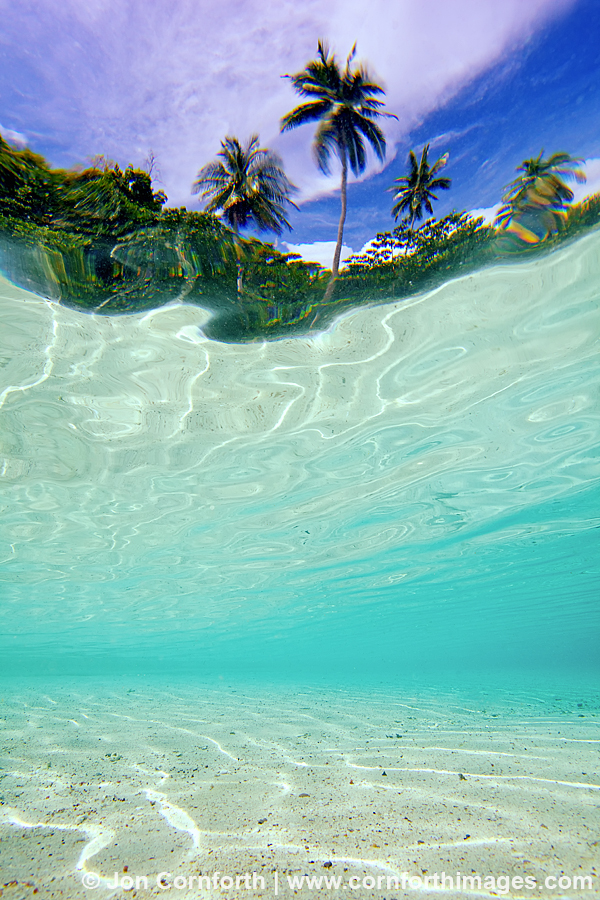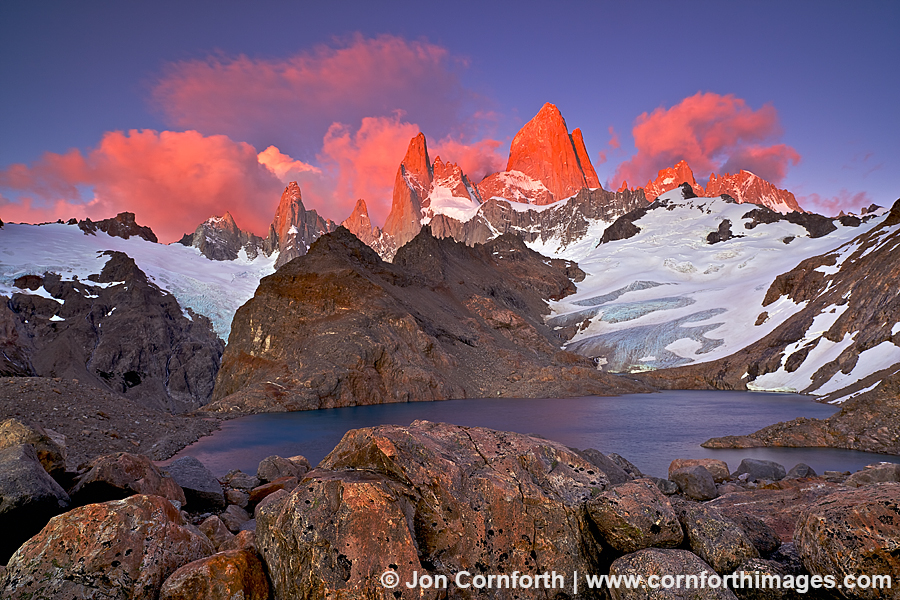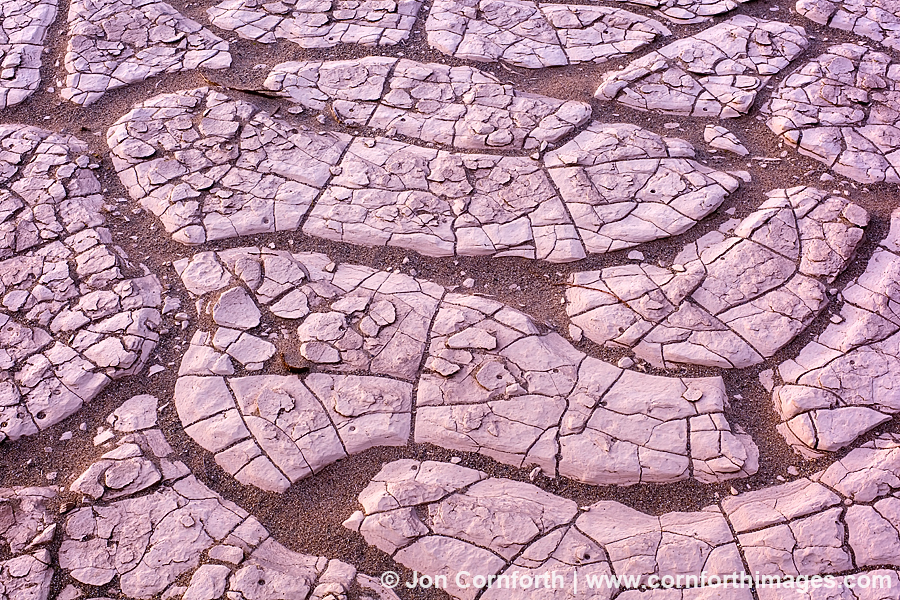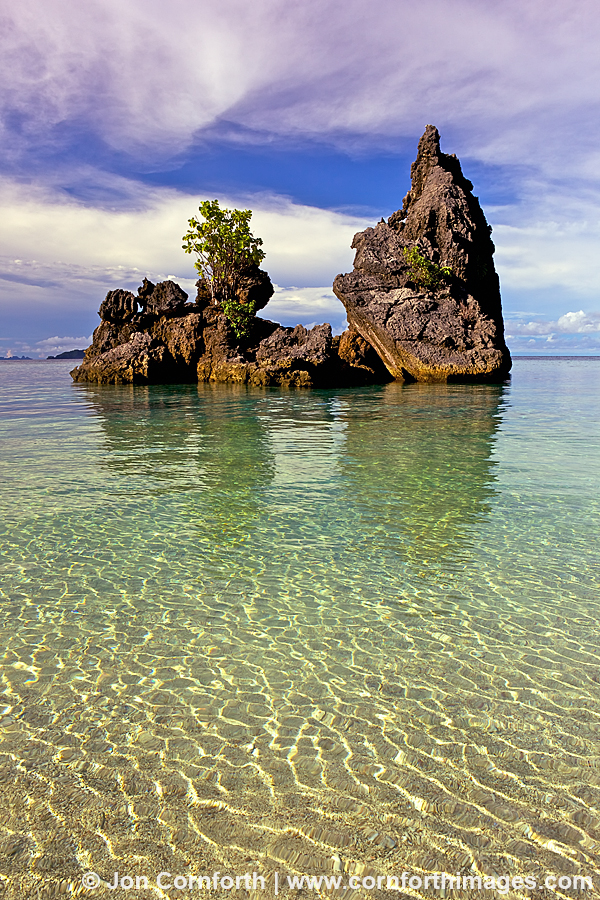
Warakaraket Pinnacle 4
Posted onDuring my visit to the Misool Ecoresort in Indonesia, I attempted to photograph as many landscape images as possible, but was limited by whether I had a boat available to me. On the return from one afternoon dive, Thorben showed me some fantastic rock pinnacles backed by a palm lined beach on the far end of Warakaraket Island. He offered to take me back to this location at sunrise, so for several mornings in a row, I woke up at 5am and looked out towards the eastern horizon. Almost every time, it was super cloudy and pouring rain, so I went back to bed rather than enjoy a 45 minute boat ride in the dark while getting soaked. There are some things that are just not worth doing. After 3 days of waking up early and going back to sleep, the weather finally seemed to be cooperating so we went for it. Guess what? I still got skunked and returned without the image I was hoping for. So, I decided to try one last time, but rather than the next morning I went back that afternoon. In order to get back here, I had to skip the late afternoon dive. I got dropped off at this incredible location and had it all to myself. I had a bit of a Robinson Crusoe moment when I wondered what would happen if they forgot to come back to get me. Would I carry on conversations with “Canon” like Tom Hanks did in the movie Cast Away? I enjoyed my quiet time by myself, but eventually the boat returned. I asked them if they wouldn’t mind leaving me for a few more hours until the sunset and they agreed. My buddy, Brent decided to stay with me and I think he used my camera with his memory card to take this same picture. The sunset light was a bust, but we swam around these pinnacles for an hour, chatting the entire time about life. It’s moments like these that make the memories that I cherish from my travels. I created this image using my Canon 5DmkII, Carl Zeiss 28mm f2 ZE lens, and Singh-Ray LB Warming Polarizer. This image required minimal processing using Aperture 3 and Photoshop CS5.

